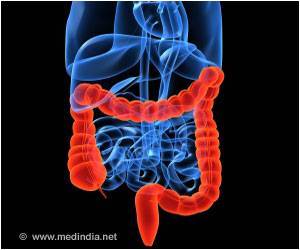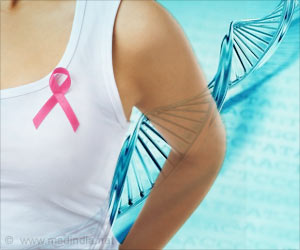Researchers have extensively studied how gastric juices in the stomach break down ingested food and other substances to fight obesity and enhance drug absorption.
‘Droplet breakup in artificial stomach model shows how lower stomach contraction waves classify foods.’
The relevant parts of the stomach are the corpus, where food is stored; the antrum, where food is ground; and the pylorus, or pyloric sphincter, the tissue valve that connects to the small intestine.
Slow-wave muscle contractions begin in the corpus, with wave speed and amplitude increasing to form the antral contraction waves (ACWs) as they propagate toward the pylorus.
The researchers’ antrum device consists of a cylinder, capped at one end to imitate a closed pylorus, and a hollow piston that moves inside the cylinder to replicate ACWs.
This model produces the characteristics of retropulsive jet flow that exist in the antrum as verified through computer simulations and experimental measurements.
The researchers studied different model fluid systems with various viscosity to account for the broad physical properties of digested food. The drop size and other parameters resemble conditions in a real stomach.
The results of the study show that drop breakup occurred near the surface of the hollow piston exposes the drop to higher shear stresses during a longer period of time.
No breakup occurred for drops near the center of the piston, because the stresses and residence times are smaller and shorter.
“The results extracted from this simple prototype have deepened insights into the disintegration process that takes place in the stomach,” co-author Damien Dufour said.
Drops near the wall will break up as they are transported toward the pylorus and drops in the center return toward the corpus, without major size reduction, to disintegrate later. This is perceived as a classifying effect by the combined action of the ACWs.
Source: Medindia



